Complete Solutions to PRACTICE EXERCISE (Exercise 2 (MISCELLANEOUS PROBLEMS)) of chapter ALKYL HALIDE of Class 12 book with complete answers and questions
| Class 12 | CHEMISTRY |
| Chapter | ALKYL HALIDE |
| MHTCET PREP GUIDE | PRACTICE EXERCISE (Exercise 2 (MISCELLANEOUS PROBLEMS)) |
| Number Of Questions | 70 |
| Academic Year | 2023-24 |
Which of the following compounds will undergo racemisation upon alkaline KOH hydrolysis ?
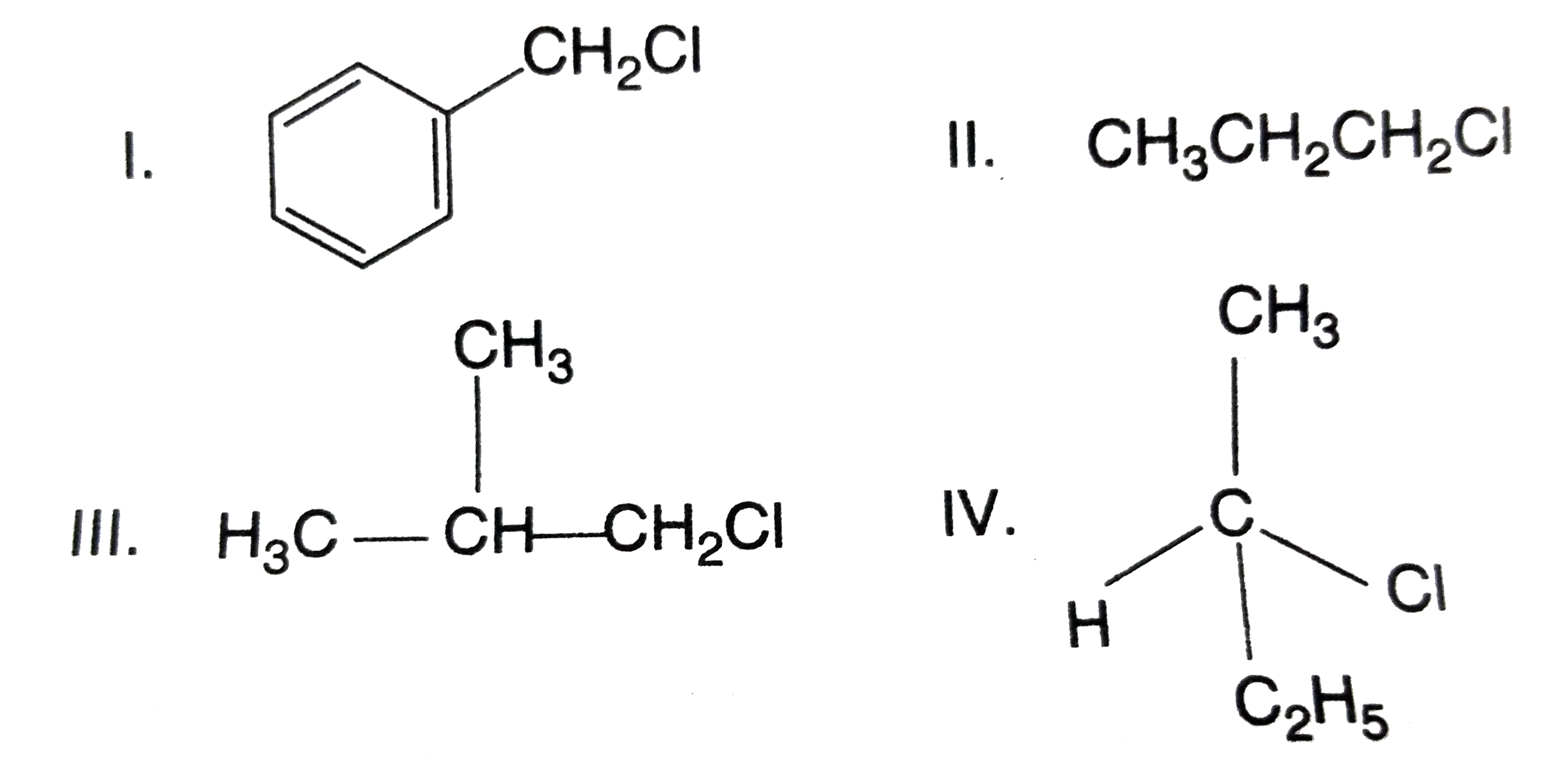
View SolutionThe compound that reacts the fastest with sodium methoxide is
View SolutionWhich of the following is not formed when a mixture of methyl bromide and bromobenzene is heated with sodium metal in the presence of dry ether?
View SolutionEthyl iodide when heated with sodium in dry ether gives pure
View SolutionIdentify Z, in the following reaction.
`C_(2)H_(5)l overset("alc. KOH")rarr X overset(Br_(2))rarr Y overset("KCN")rarr Z`
View SolutionReactivity order of halides of dehydrohalogenation is
View Solution
The fianl product, (Z) is
View SolutionThe structure of the major product formed in the following reaction is
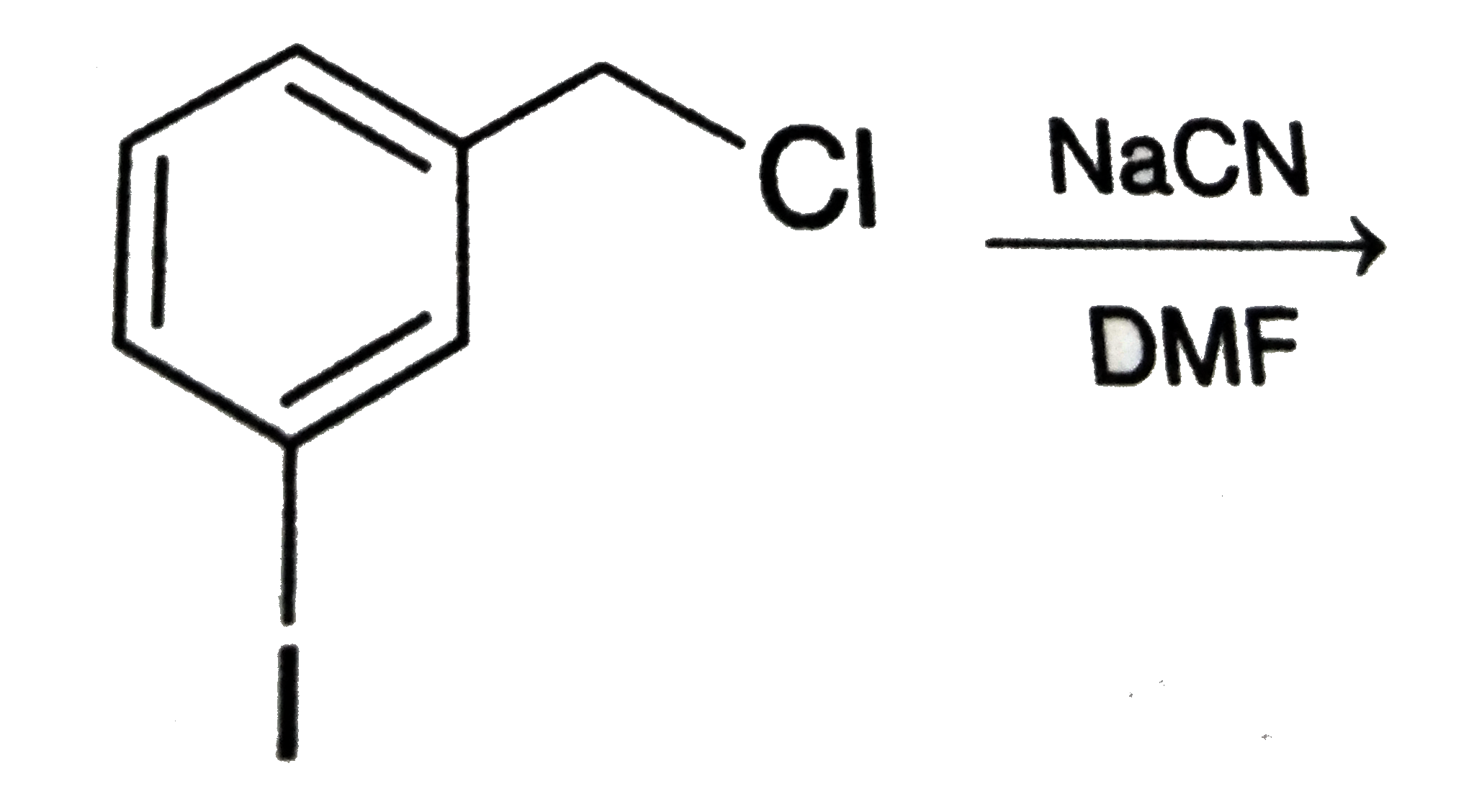
View SolutionWhich one is the most reactive towards `S_(N)1` reaction ?
View SolutionChlorination of toluene in the presence of light and heat followed by the treatment with aqueous KOH gives
View SolutionConsider the following reaction,
`H_(2)C=CH_(2) +underset(B)(Br_(2))overset(A)rarr underset(C)(BrCH_(2)CH_(2)Br)`
The reactant 'A' and colour of 'B' and 'C' are respectively
View SolutionFollowing is the substitution reaction in which -CN replaces -Cl
`R-Cl +KCN overset(Delta)(to) R -CN +KCl`
To obtain propane nitrile R -CI should be:
View SolutionThe organic chloro compound, which shows complete stereochemical inversion during a `S_(N)^(2)` reaction, is:
View Solution`CH_(3)Br+Nu^(-)rarrCH_(3)Nu+Br^(-)`
The decreasing order of the rate of the above reaction with nucleophiles `(Nu^(-))` A to D is :
`[Nu^(-)=(A)PhO^(-),(B)AcO^(-),(C)HO^(-),(D)CH_(3)O^(-)]`
View SolutionWhich of the following will give yellow precipitate on shaking with an aqueous solution of NaOH followed by the acidification with dil. `HNO_(3)` and addition of `AgNO_(3)` solution?
View Solution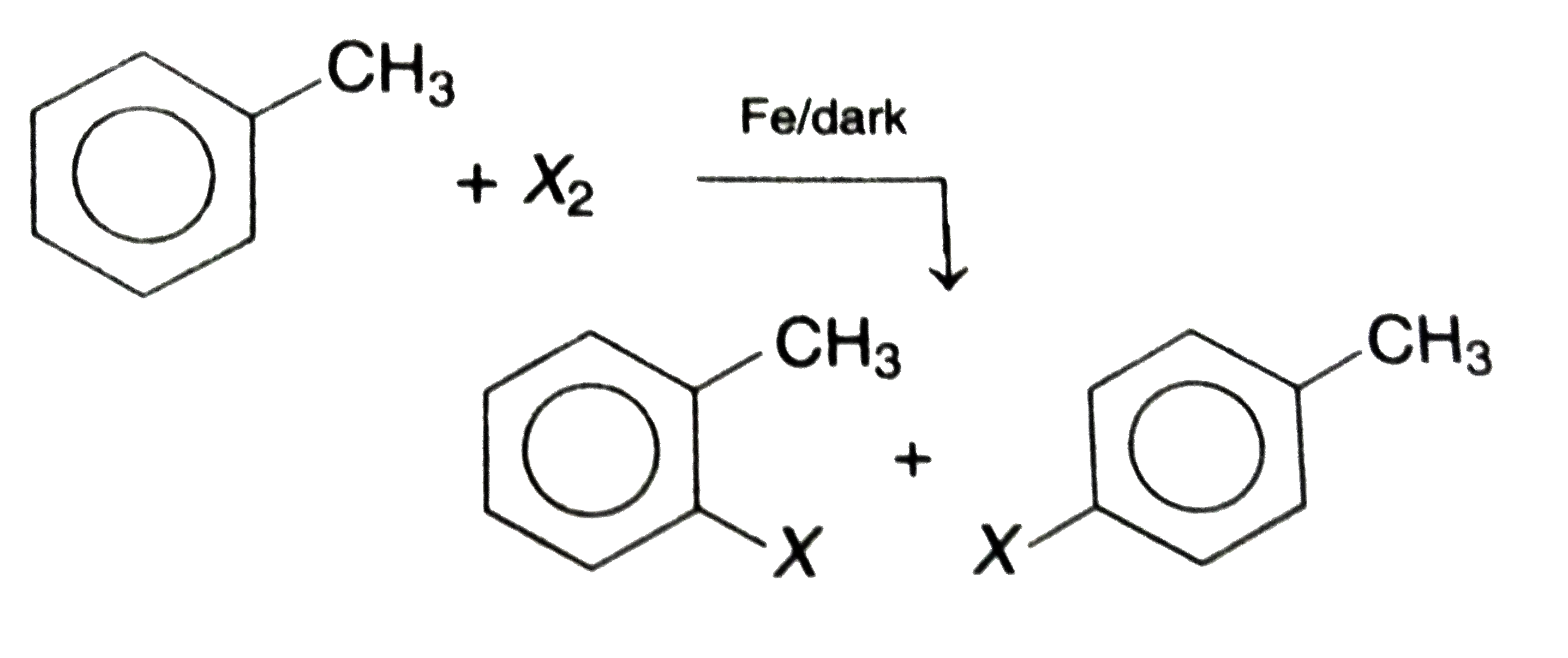
This reaction is termed as
View SolutionWhich reagent will you use for the following reaction ?
`CH_(3)CH_(2)CH_(2)CH_(3)toCH_(3)CH_(2)CH_(2)CH_(2)Cl+CH_(3)CH_(2)CHClCH_(3)`
View SolutionThe product (A) in the following reaction is

View SolutionThe order of reactivity of following alcohols with halogen acids is……….
(A) `CH_(3)CH_(2)-CH_(2)-OH` (B) `CH_(3CH_(2)-underset(CH_(3))underset(|)"CH"-OH`
`(C ) CH_(3)CH_(2)-underset(CH_(3))underset(|)overset(CH_(3))overset(|)C-OH`
View SolutionConsider the following reaction

The product B is
View SolutionChloroform with alcoholic KOH gives
View SolutionWhich of the following reaction on dehydration gives the product,
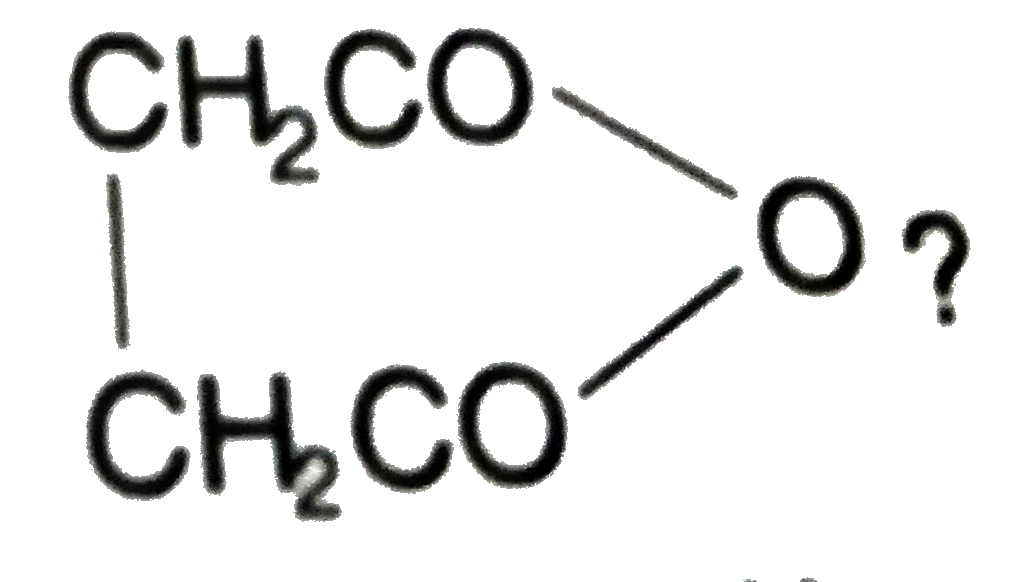
View SolutionThe conversion
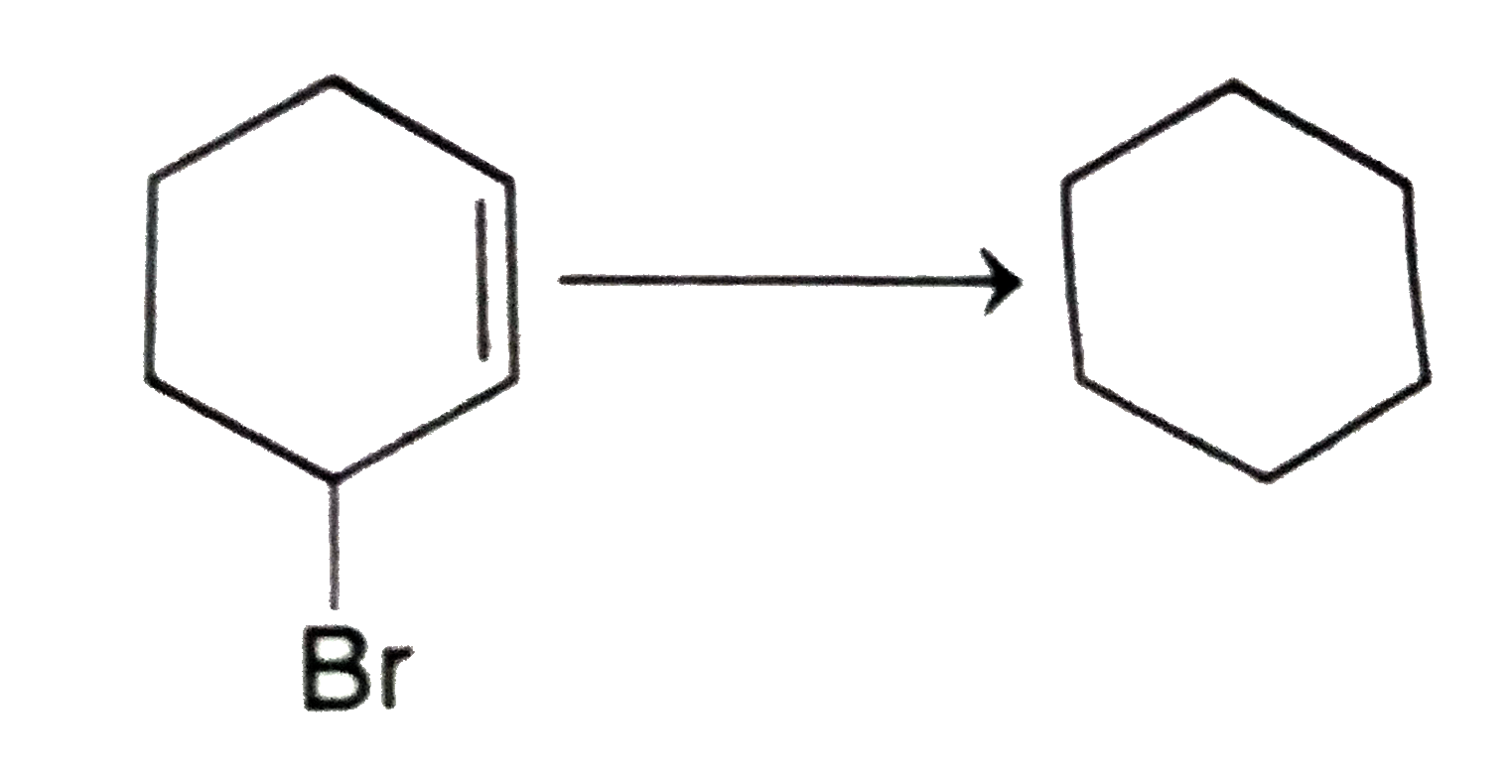
can be brought about using the reagent
View SolutionChloromethane on treatment with excess of ammonia yields mainly
View SolutionWhen `H_(2)` is added to two isomeric alkenes A and B having molecular formula `C_(5)H_(9)Cl`, A gives optically inactive compound while B gives a chiral compound. The two isomers are
View SolutionIn the following sequence of reaction, the product C is
`CH_(3)-Br overset(KCN) rarr A overset(H_(2)O^(+))rarr B overset(LiAlH_(4))underset("Ether")rarr C`
View SolutionCarbon -halogen bond lengths increases in the order
View Solution`underset(A)(C_(3)H_(6)Cl_(2))overset("(i) KCN")underset(underset("(iii) "Delta)("(ii) "H_(3)O^(+)))rarrCH_(3)underset(CH_(3))underset("| ")"CH"COOH`. Hence, A is
View SolutionThe major product of the following reaction is
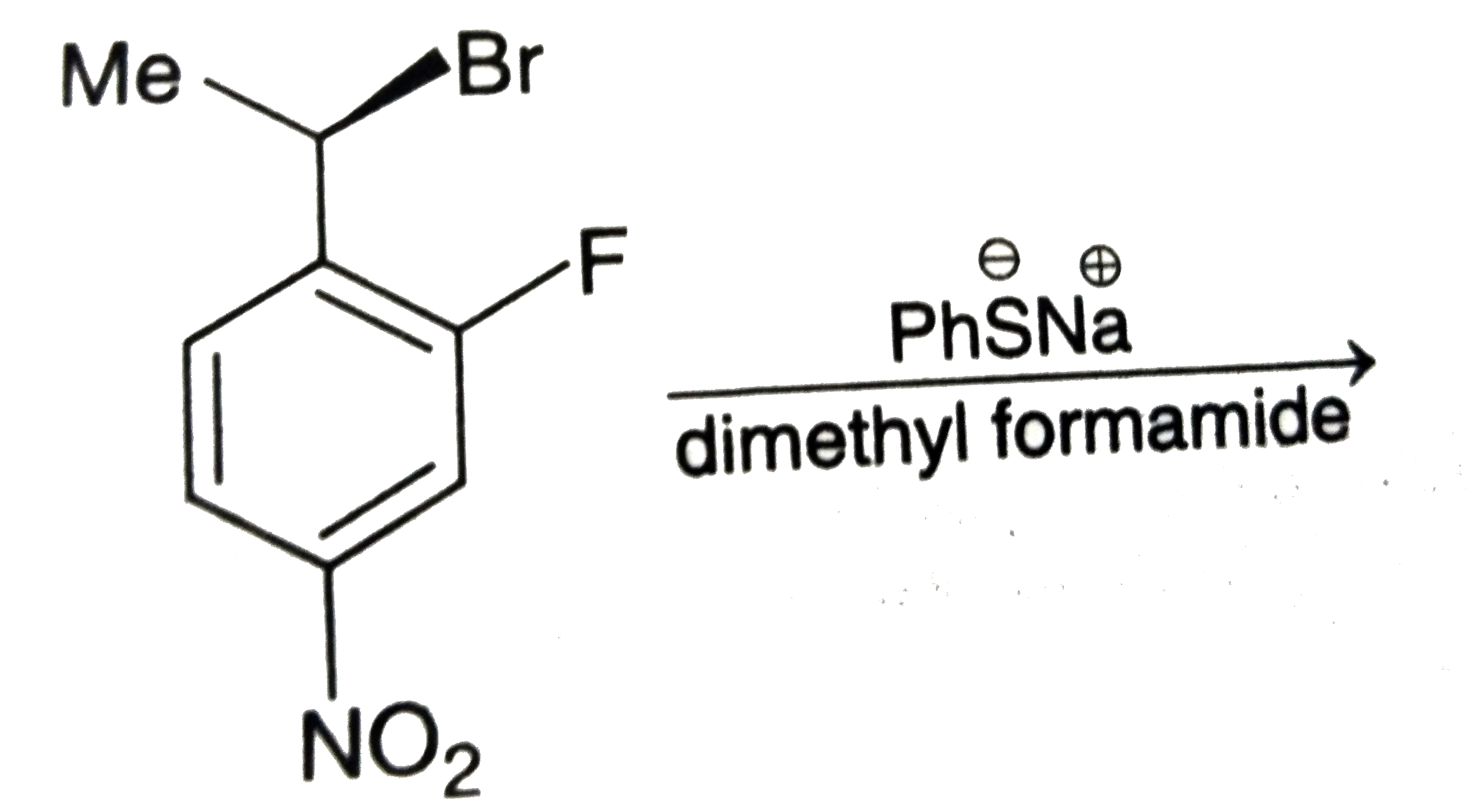
View SolutionWhich of the following alkyl halides is used as a methylating agent ?
View SolutionAn equimolar mixture of toluene and chlorobenzene is treated with a mixture of conc. `H_(2)SO_(4)` and conc. `HNO_(3)` Indicate the correct statement from the following :
View SolutionThe order of reactivities of methyl halide in the formation of Grignard reagent is
View SolutionThe main product 'Y' in the following reaction is

View SolutionA halide with formula `C_(6)H_(13)Br` gave two isomeric alkenes A and B with formula `C_(6)H_(12)`. On reductive ozonolysis of mixture of A and B following compounds were obtained `CH_(3)COCH_(3), CH_(3)CHO, CH_(3)CH_(2)CHO` and `(CH_(3))_(2)CHCHO`. Thehalide is
View SolutionThe increasing order of hydrolysis of the following compounds is

View Solution`C_(2)H_(5)Cl overset("Moist")underset(Ag_(2)O)(to) (A) overset(AI_(2)O_(3))underset(360^(@)C)(to) (B) overset(S_(2)Cl_(2))(to)(C) `
In the above sequence of reactions identify (C)
View SolutionThe major product formed in the following reaction is `CH_(3)CH(Cl)CH_(2)-CH_(2)OHoverset(aq.KOH)to`
View SolutionWhich of the following is added to chloroform to slow down its aerial oxidationin presence of light ?
View SolutionThe raction of toluene with `CI_(2)` in presence of `FeCI_(3)` gives `X` and reaction in presence of light gives `Y` Thus `X` and `Y` are .
View SolutionChlorobenzene reacts with Mg in dry ether to give a compound A, which further reacts with ethanol to give
View SolutionChlorobenzene is prepared commercially by
View SolutionWhich of the following compounds has the highest boiling point ?
View SolutionTertiary alkyl halide are practially inert to substitution by `SN^(2)` mechanism because of-
View SolutionThe position of Br in the compound in `CH_(3)=CHC(Br)(CH_(3))_(2)` can be classified as……..
View SolutionThe IUPAC name of,
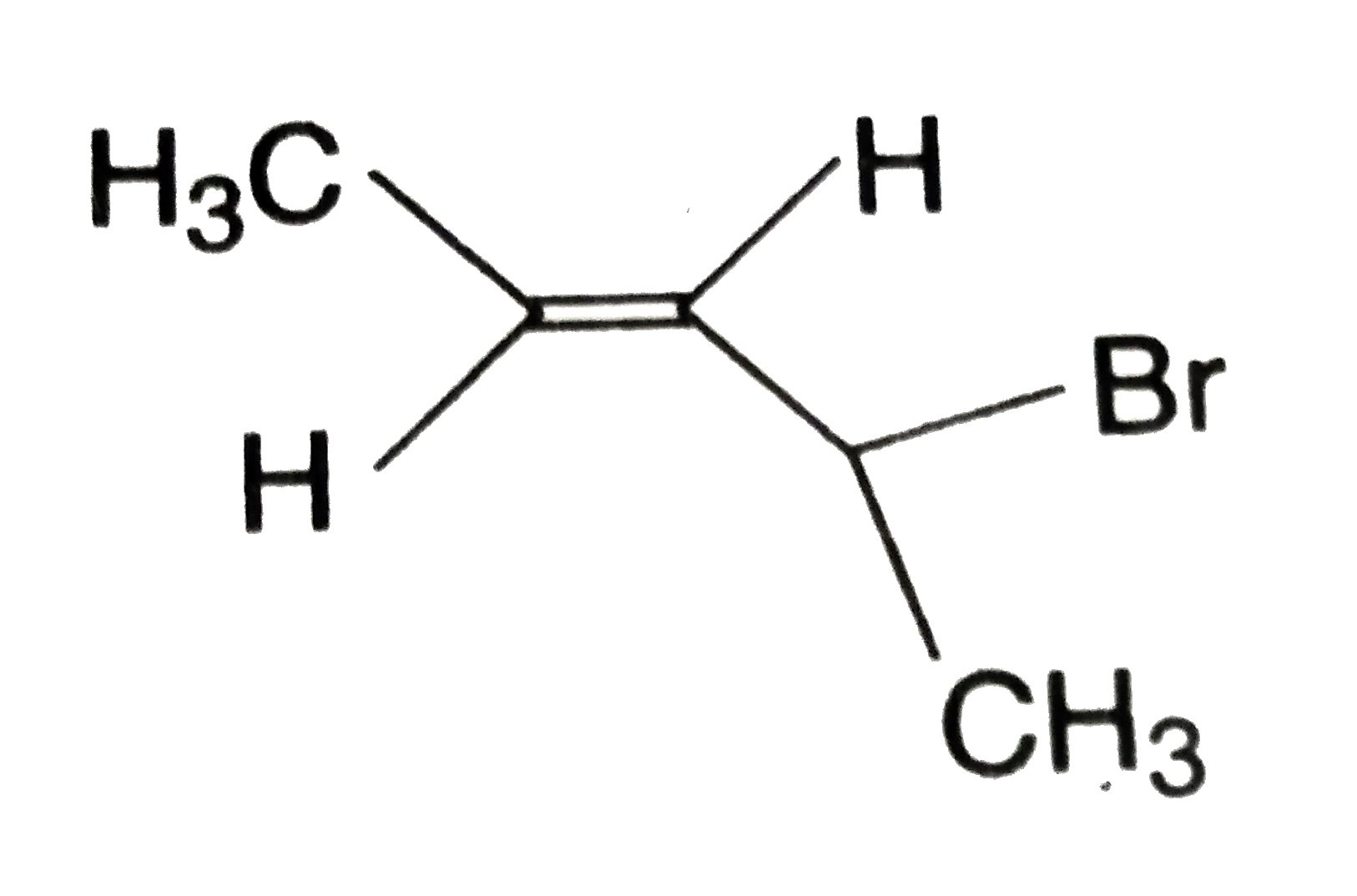
Compound is
View Solution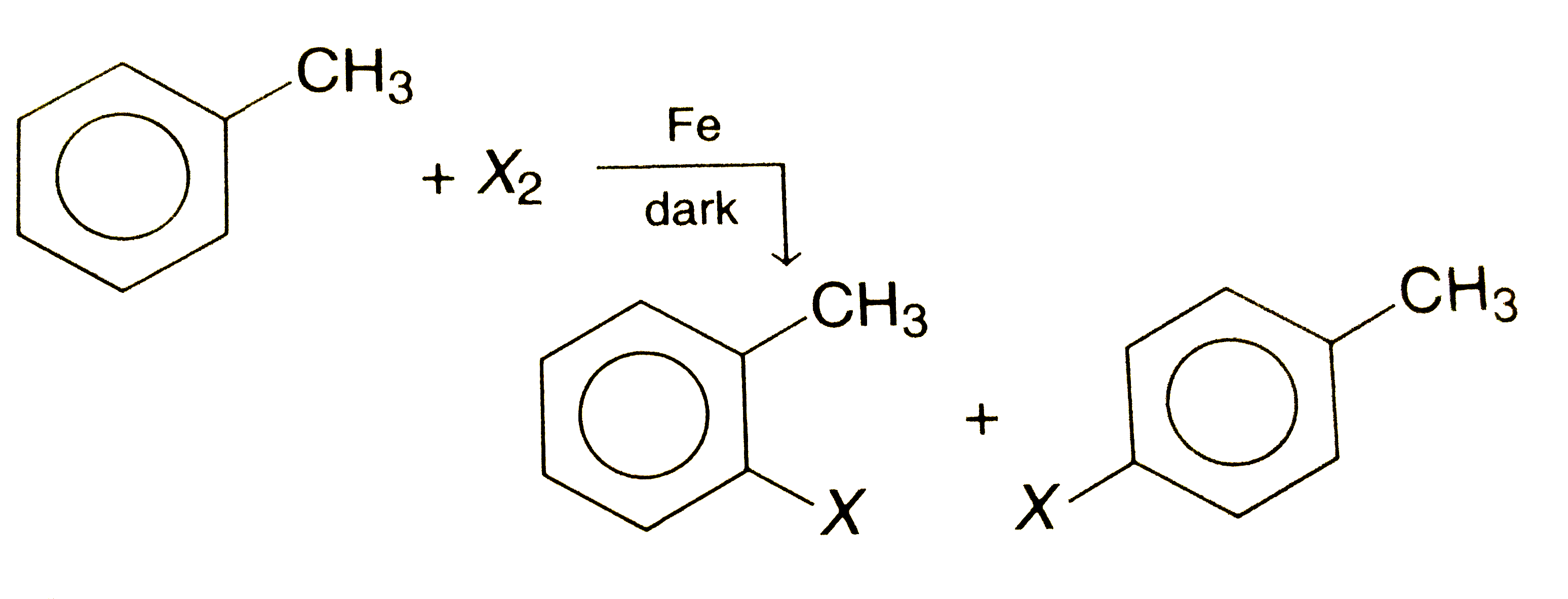
For the above reaction
I. X = Cl, ortho and para-isomers can be separated out.
II. X = l, reaction does not occur due to high reactivity of iodine.
III. X = F, reaction with fluorine is reversible.
Select the most appropriate option with correct statements.
View SolutionAlkyl halides are prepared from alcohols by treating with
View SolutionArrange the following compounds in the increasing order of their density.
I. `CH_(2)Cl_(2)` II. `CHCl_(3)` III. `"CCl"_(4)`
View Solution
The above reaction follows
View Solution2,2 -dichlorobutane on boiling with queous KOH gives
View SolutionToluene reacts with excess of `Cl_(2)` in the presence of sunlight to give a product which on hydrolysis followed by the reaction with NaOH gives
View SolutionThe order of reactivities of the following alky halides for an `S_(N)2` reaction is .
View SolutionThe reaction of ethyl bromide with silver cyanide results in the formation of
View Solutionthe order of reactivity of alkyl halides depends upon:
View SolutionWhich of the following is `Wurtz-Fitting reaction?
View Solution'A' is formed when benzene reacts with …………. In presence of `AlCl_(3)`
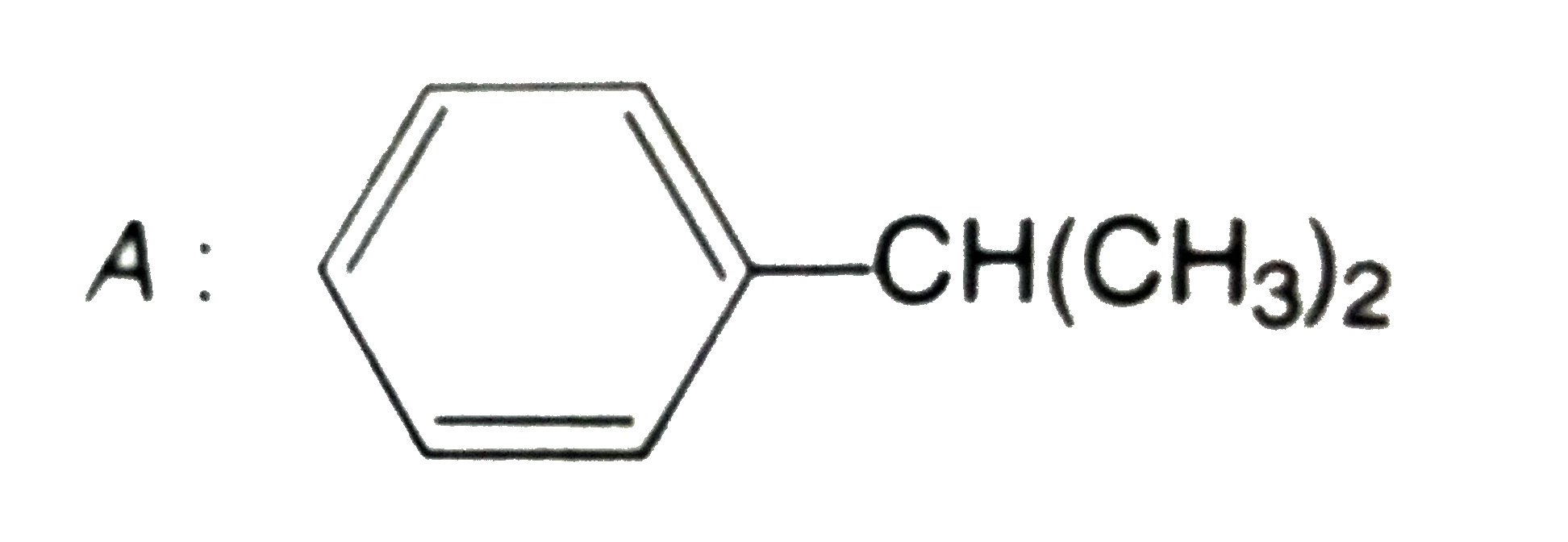
View SolutionIn `S_(N)2` reactions, the correct order of reactivity for the following compounds:
`CH_(3)CI,CH_(3)CH_(2)CI,(CH_(3))_(2)CHCI` and `(CH_(3))_(2)C CI` is:
View SolutionFour compounds, Toluene (I), o-dichlorobenzene (II), m-dichlorobenzene (III) and p-dichlorobenzene (IV) are arranged in the order of increasing dipole moment. The correct order is
View Solution2-bromopentane with alcoholic KOH yields a mixture of three alkenes. Which of the following alkene is predominant?
View SolutionCompound (A) ,`C_(8)H_(9)Br` gives a white precipitate when warmed with alcoholic `AgNO_(3)` Oxidation of (A) gives an acid (B) `C_(8)H_(6)O_(4)` (B) easily forms anhydride on heating Identify the compound (A)
View SolutionAmong the following, the correct statement is
View SolutionIn the reaction,
`R-X overset("Alcoholic KCN") to A overset("Dil. HCl")toB`
The product B is
View SolutionIf 1,3- dibromopropane reacts with zinc and NaI, the product obtained is :
View SolutionToluene is nitrated and the resulting product is reduced with tin and hydrochloric acid. The product so obtained is diazotised and then heated with cuprous bromide. The reaction mixture so formed contains
View SolutionOf the isomeric haexanes, the isomers that give the minimum and maximum number of monochloro derivatives are, respectively,
View Solution`(X) +KCN to CH_(3)CN overset(2H_(2)//Ni)(to) CH_(3)CH_(2)NH_(2)`
What is (X) ?
View SolutionThe following compound on hydrolysis in aqueous acetone will give
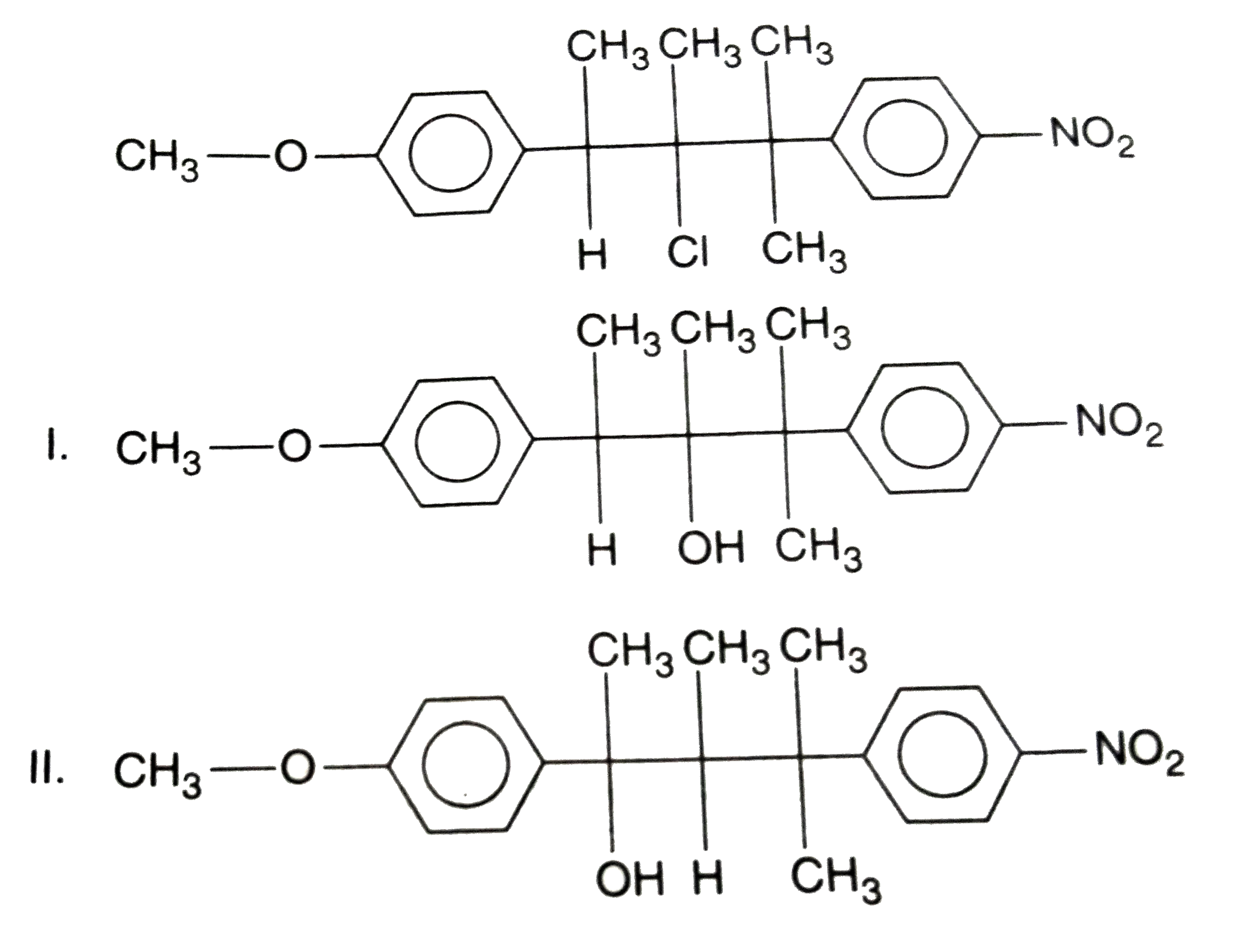

Select the correct option.
View SolutionMatch the following common name in Column I to the IUPAC name in Column II and choose the correct option from the codes given below.
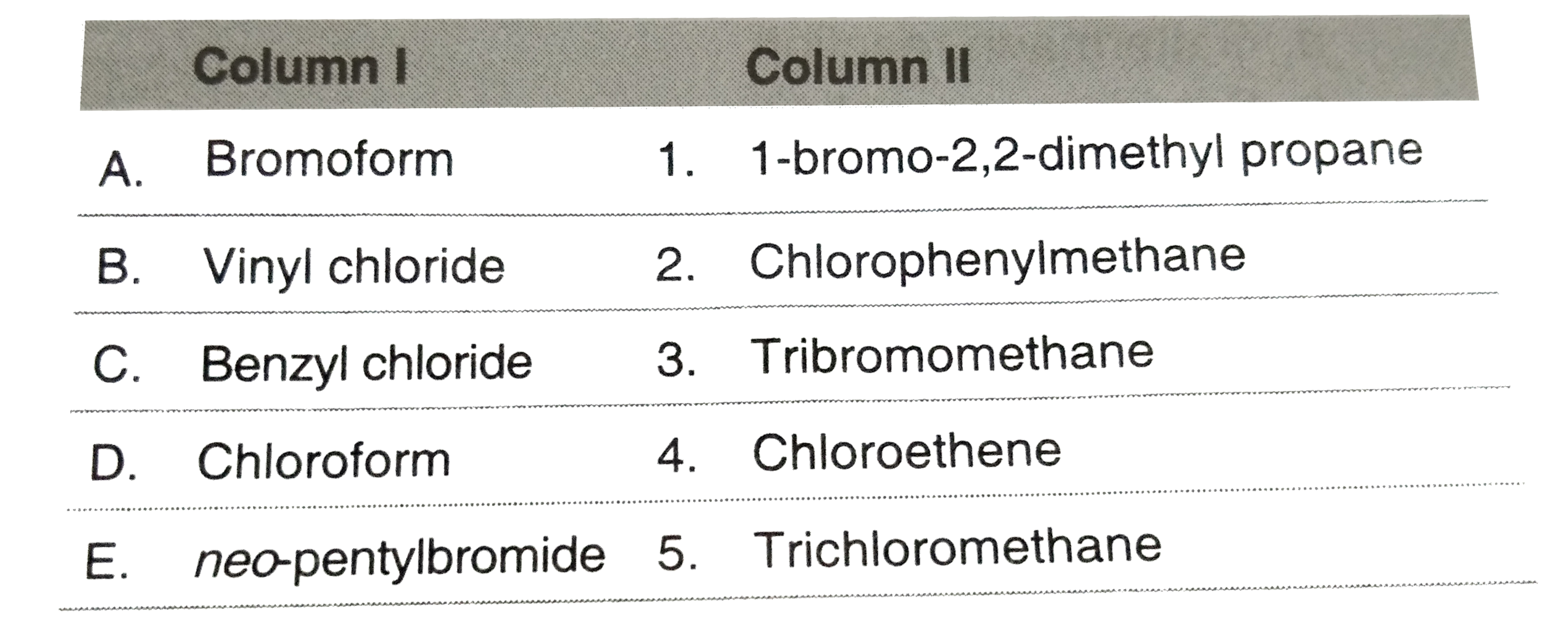
View SolutionWhich of the following statement(s) is/are false?
View SolutionIdentify the compound Y in the following reaction.

View Solution
PRACTICE EXERCISE (Exercise 2 (MISCELLANEOUS PROBLEMS)) questions and complete solutions for chapter ALKYL HALIDE of MHTCET PREVIOUS YEAR PAPERS AND PRACTICE PAPERS of Class 12